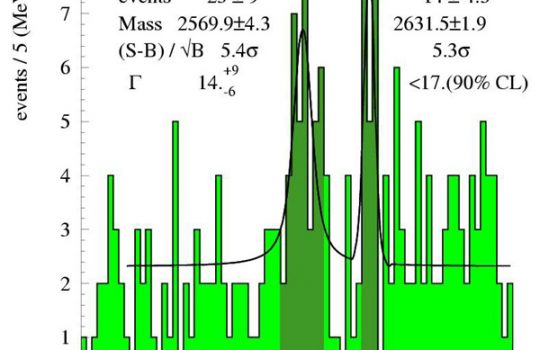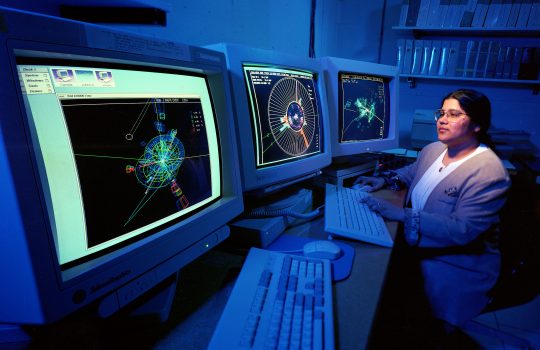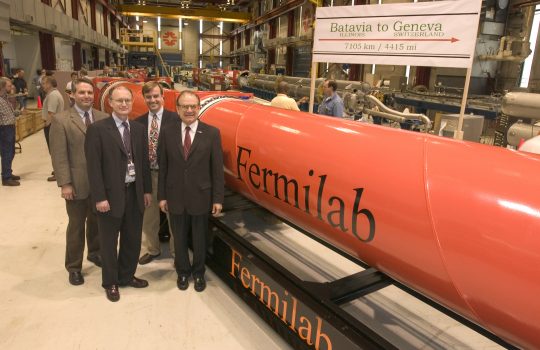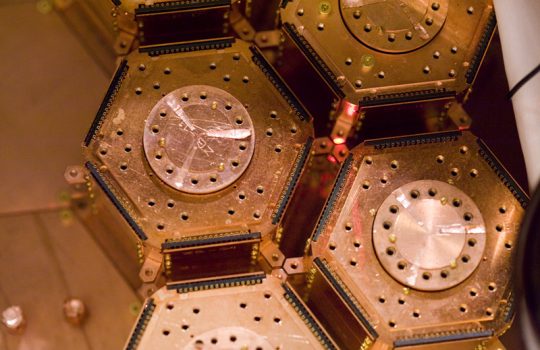Rocky Kolb to Direct New Fermilab Particle Astrophysics Center
Michael S. Witherell, Director of the U.S. Department of Energy’s Fermi National Acceleratory Laboratory, today (Nov. 1) announced the establishment of the Fermilab Particle Astrophysics Center, and named the renowned Fermilab and University of Chicago cosmologist Edward “Rocky” Kolb as its director.





